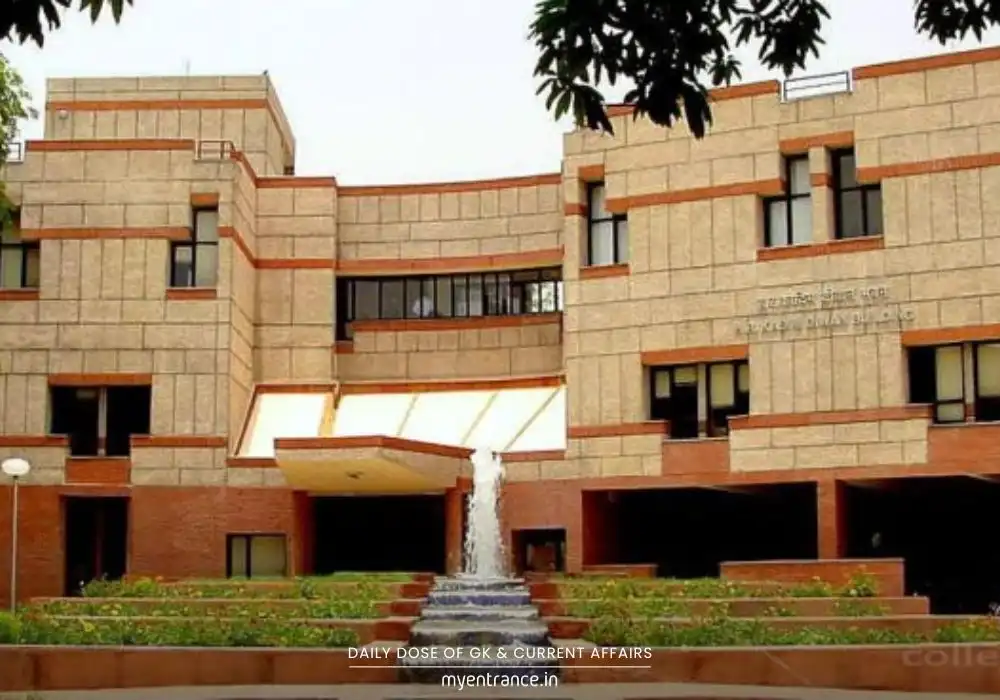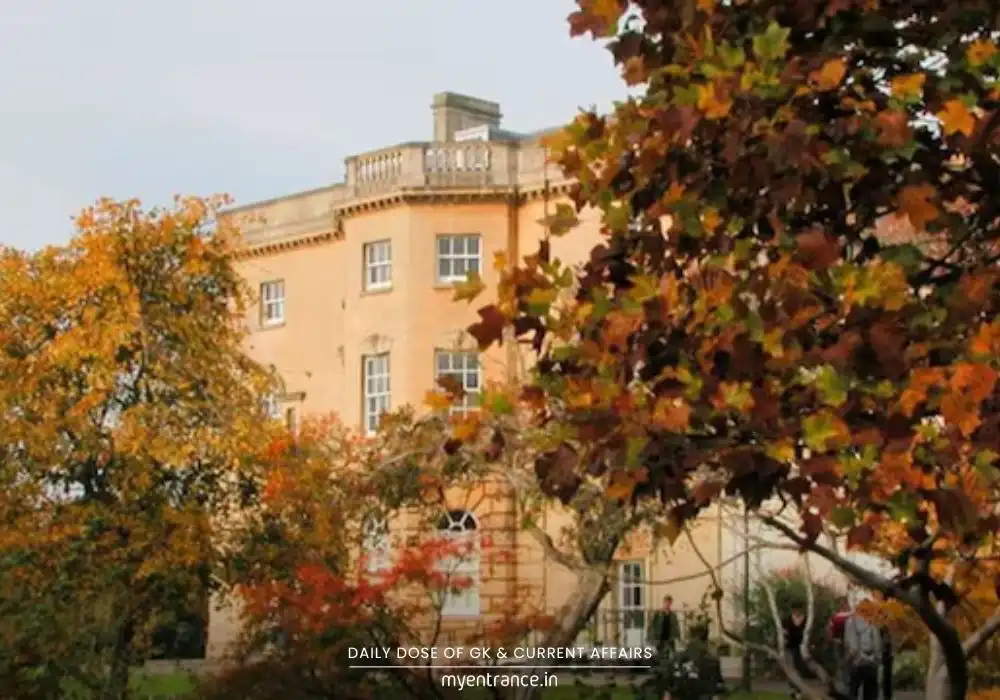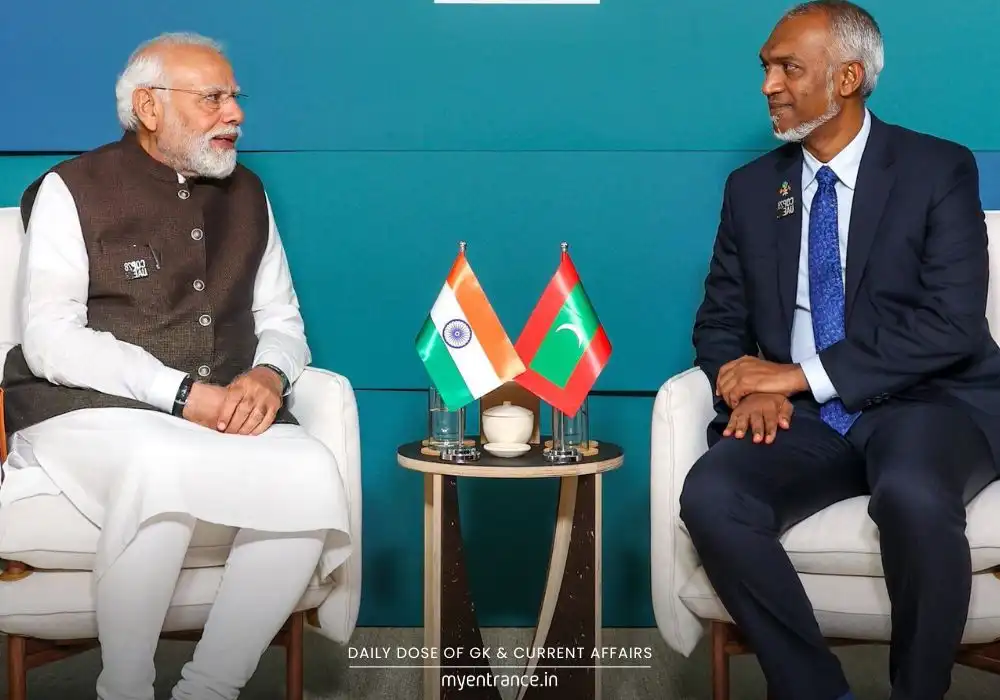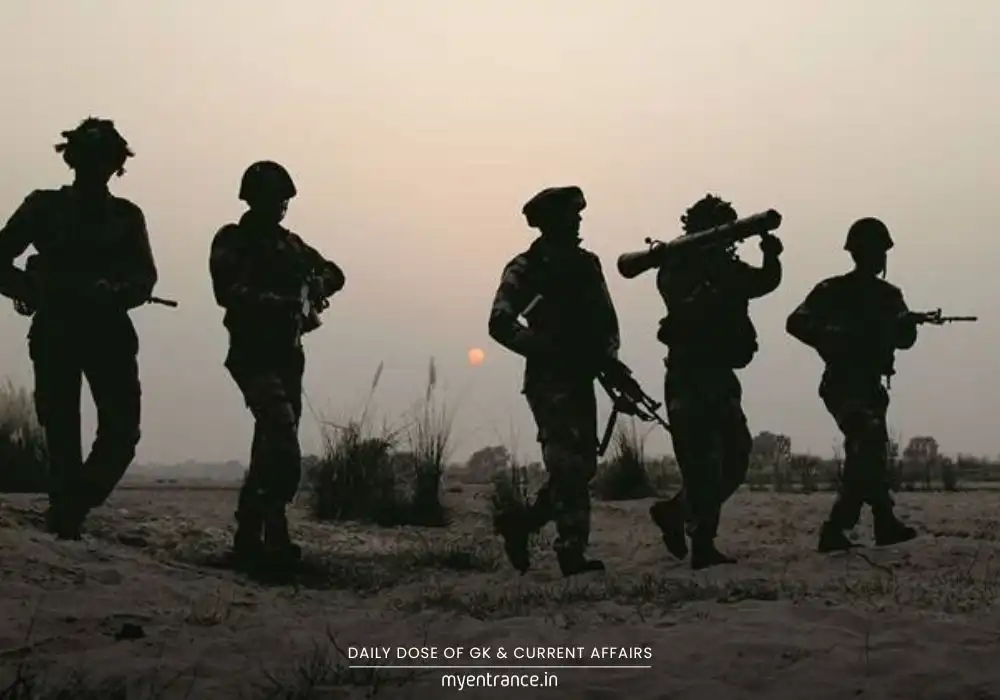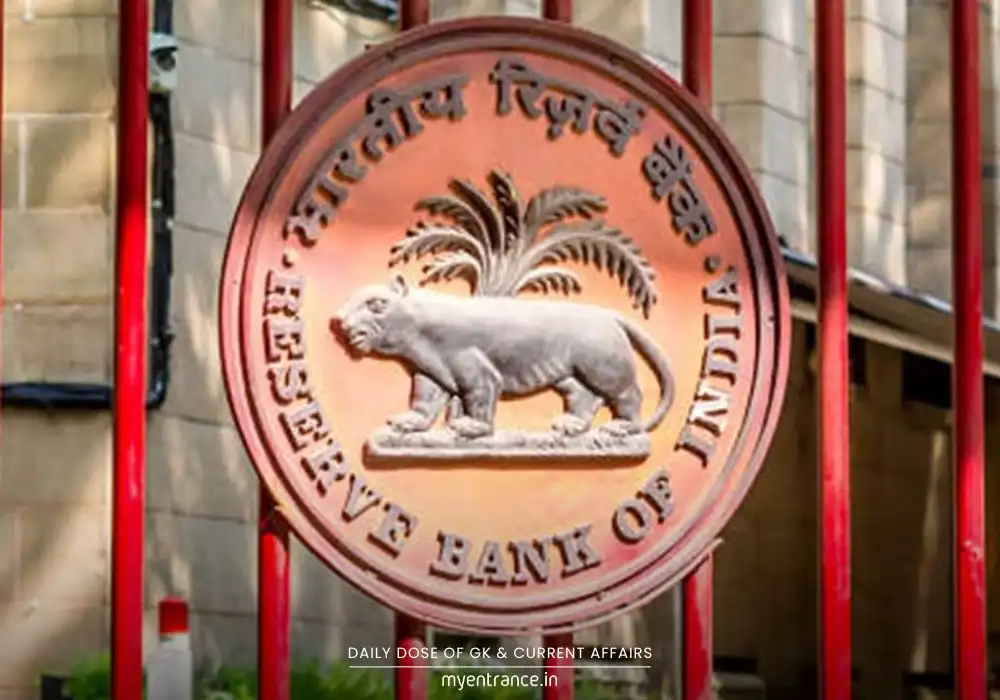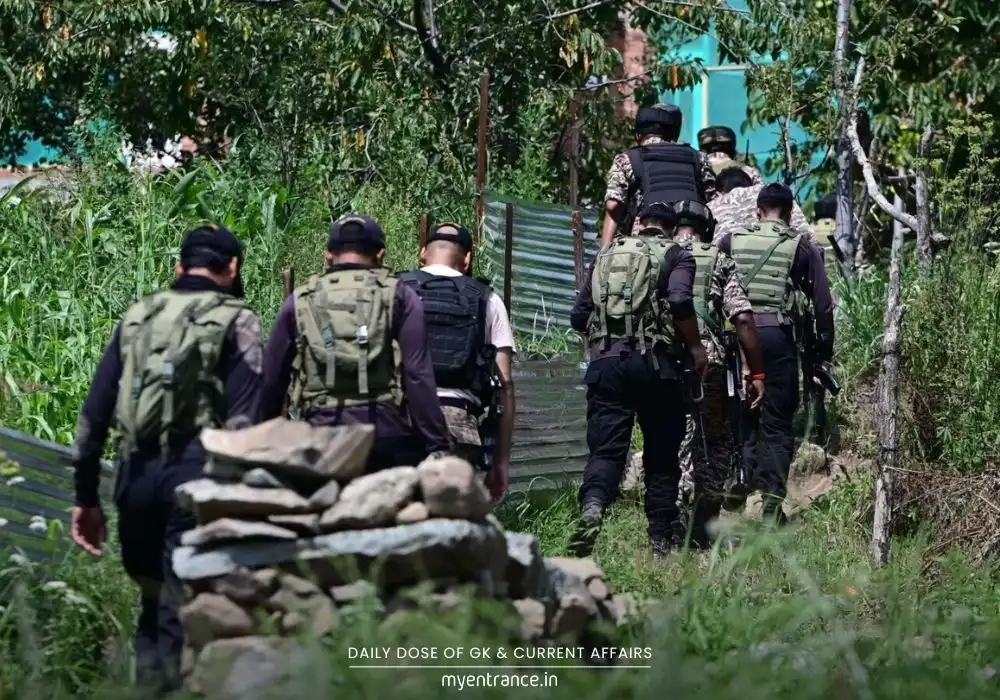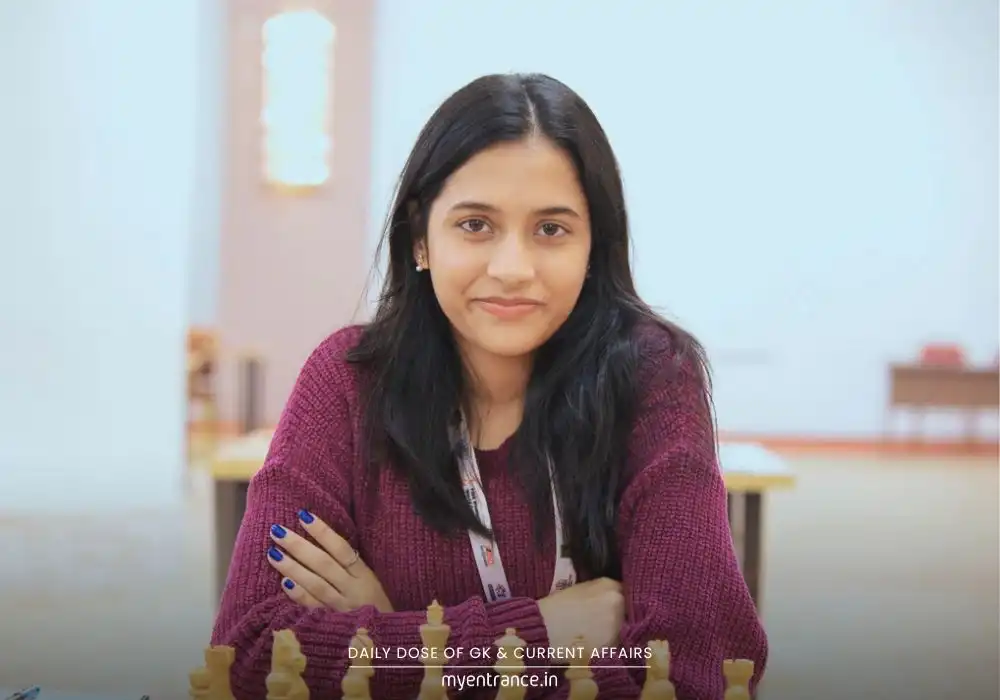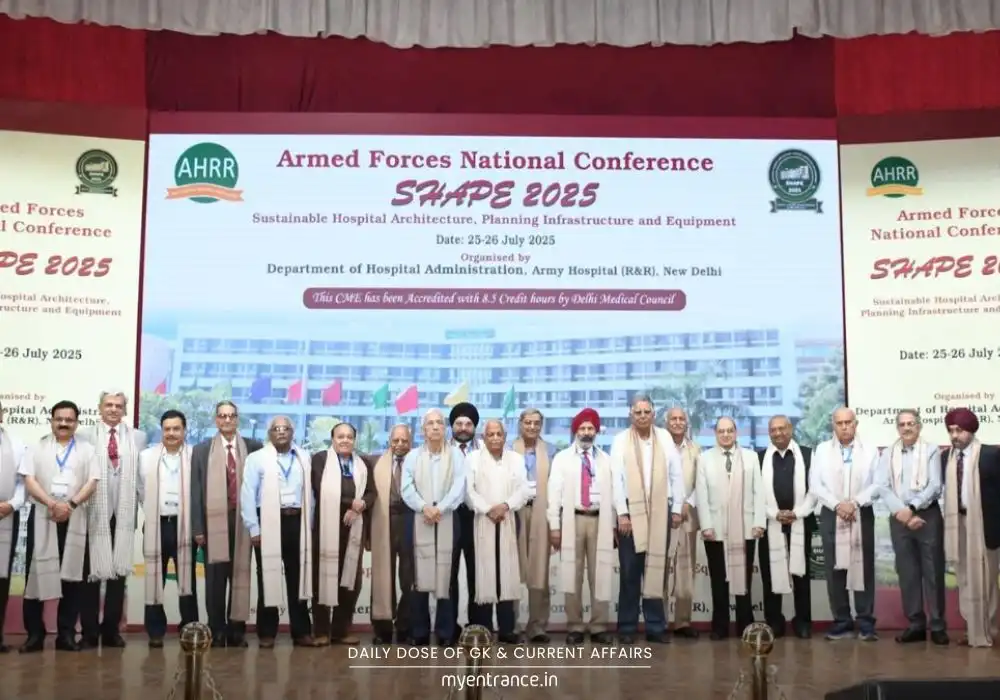Translate Language
How Did 1000-Year-Old Tamil Villages Conduct Elections? The Chola Empire Secret!
While historians often credit the Magna Carta (1215 CE) as democracy’s cornerstone, PM Modi recently highlighted India’s hidden gem: the Chola Empire’s Kudavolai system. This 1000-year-old electoral method, etched in stone at Uttaramerur, reveals how villages conducted fair elections with “ballot pots” – a blueprint for local governance.
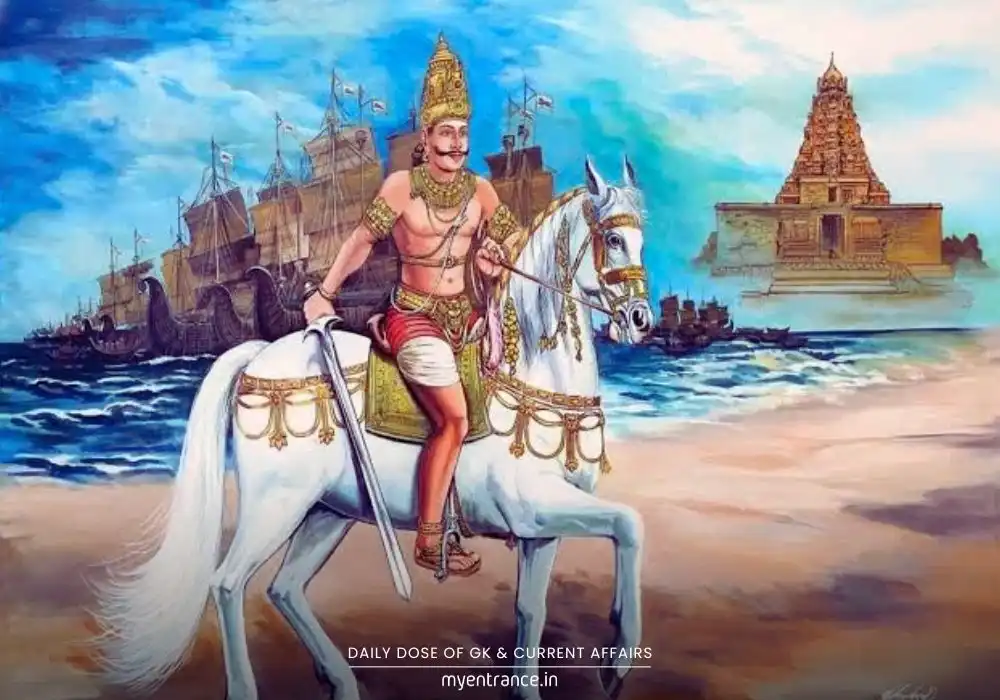
Picture this: 1,000 years ago, while Europe was steeped in feudalism, Tamil villages under the Chola Empire were holding elections! PM Modi’s recent speech at the Gangaikonda Cholapuram temple spotlighted this forgotten legacy – the Kudavolai (ballot-pot) system. But how did it work, and why does it matter for competitive exams?
The Grassroots Democracy Revolution
The Cholas didn’t just build iconic temples; they engineered India’s earliest participatory governance. Villages were split into two self-governing units:
Sabha: Brahmin settlements managing temples, education, and land.
Ur: Non-Brahmin councils overseeing irrigation, taxes, and local justice.
These weren’t symbolic posts. Elected members held real power – from revenue collection to resolving disputes!
Inside the “Ballot Pot” Election
The star of this system? The Kudavolai method, meticulously recorded in Uttaramerur inscriptions (Kanchi district). Here’s how it ensured fairness:
Eligibility First: Only landowners with specific qualifications (like building a house on their own land) could contest.
Palm Leaf Ballots: Names of qualified candidates were written on palm leaves (olai).
The Sacred Pot: Leaves were placed in a pot (kudam) inside the village temple.
Public Draw: A child (chosen for impartiality) drew leaves randomly – live!
This wasn’t just luck; it was a ritual of transparency, with the whole village witnessing. Elected members even faced term limits and recall powers – checks we associate with modern democracy!
The Catch & Legacy
While revolutionary, the system had glaring gaps:
Women, laborers, and landless communities were excluded.
Power stayed with elite landowners.
Yet, as historian Tansen Sen notes, the Cholas were masters of “strategic signaling.” Their empire – stretching from the Ganga to Sumatra – blended naval might with proto-democratic ideas that inspired future governance.
Why Aspirants Should Care
UPSC/NET Focus: Chola administration is a hot topic (GS Paper I: Art/Culture/History).
Key Terms: Kudavolai, Sabha/Ur, Uttaramerur inscriptions, Gangaikonda Chola.
Temple Triumph: Rajendra Chola I’s capital, Gangaikonda Cholapuram (a UNESCO site), celebrated his conquests. The temple tank, Cholagangam, was a “liquid pillar of victory” after his Ganga campaign!
Q&A for Quick Revision:
Q1: What was the Kudavolai system?
A: An 11th-century Chola voting method where names on palm leaves were drawn from a pot (kudam) to elect village council members.
Q2: Where is this system documented?
A: In stone inscriptions at Uttaramerur (Kanchipuram, TN), some of the world’s oldest electoral records.
Q3: How did the Sabha and Ur differ?
A: Sabha governed Brahmin settlements (temples/education), while Ur managed non-Brahmin villages (taxes/irrigation).
Q4: What were the limitations of Chola “democracy”?
A: It excluded women, laborers, and landless people, concentrating power among male landowners.
Q5: Why did PM Modi compare it to the Magna Carta?
A: To highlight India’s democratic traditions predating the 1215 CE English charter by centuries!
Get 3 Months Free Access for SSC, PSC, NIFT & NID
Boost your exam prep!
Use offer code WELCOME28 to get 3 months free subscription. Start preparing today!
